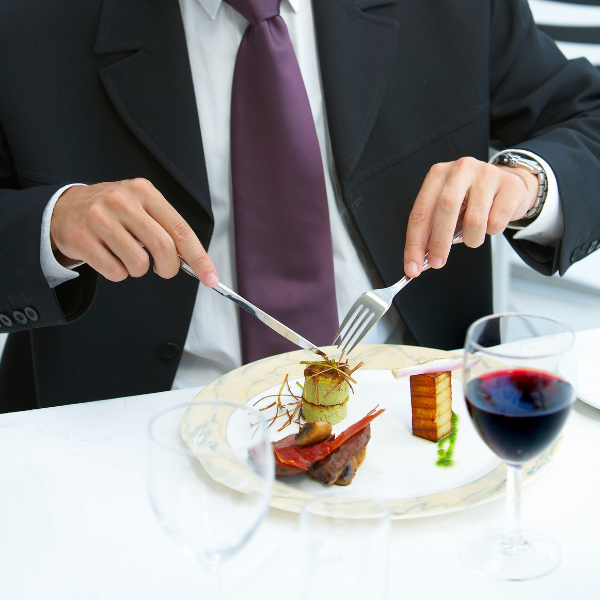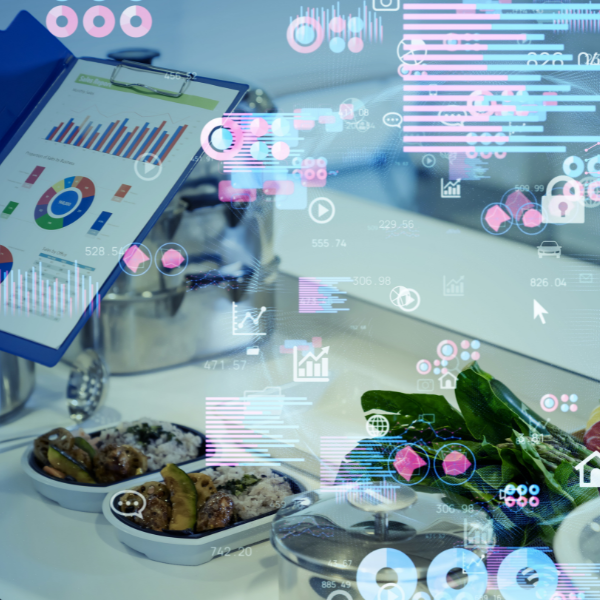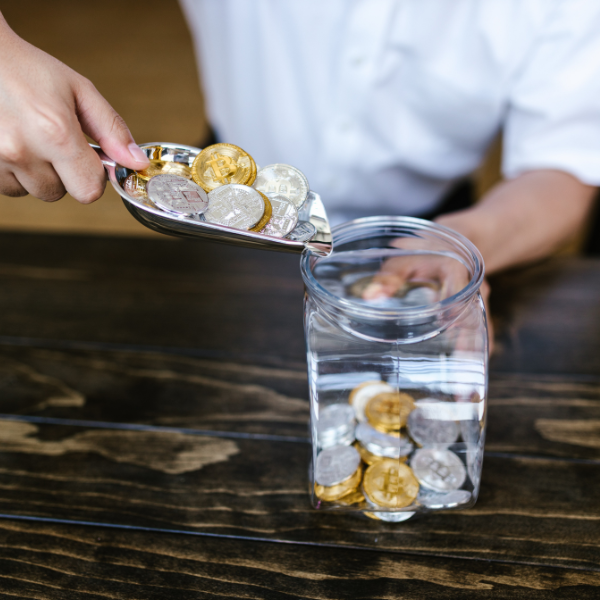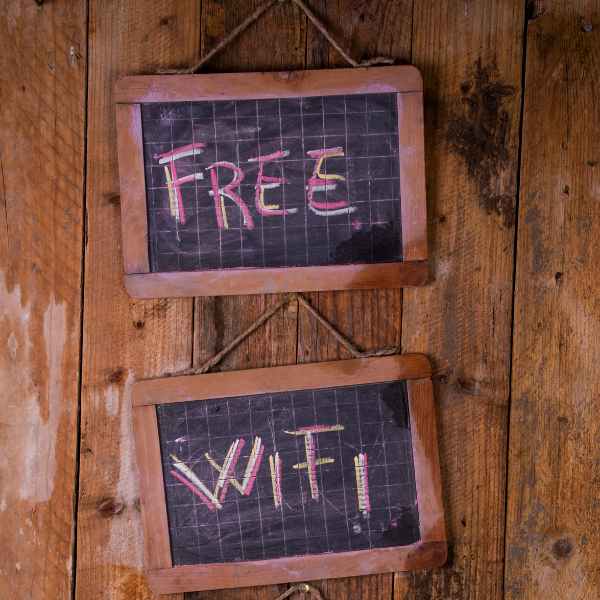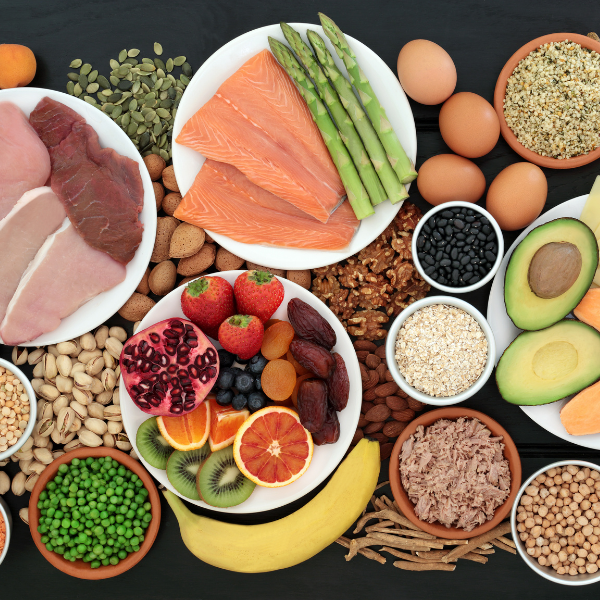Table Of Contents
What Are Automats?
The history of automats traces back to 1895 when the first one, called Quisisana, made its debut in the Berlin Zoological Gardens. The concept was simple yet revolutionary: customers could select a meal from a menu, drop coins into a slot, and retrieve a meal that is packaged or on a plate from a heated food locker. This virtually contactless dining experience was a departure from the conventional dining norms of the time.
Automats gained popularity quickly in America during the early 20th century, especially among the growing workforce seeking fast and affordable dining options. With their shiny chrome exteriors and a variety of fresh meals inside, automats became a symbol of progress and innovation in the United States.

The Rise Of Automats In America
The concept of automats spread to America from Europe, where it was initially introduced by businessmen Joseph Horn and Frank Hardart. They opened the first automat in Philadelphia in the early 1900s, and its instant success led to the rapid expansion of automats across the country.
By the mid-20th century, Horn and Hardart's chain boasted over 100 locations in New York alone, offering a wide range of comfort foods and beverages.
However, the rise of fast-food chains during the 1950s and 1960s posed tough competition for automats. The increasing demand for quicker dining options, such as portable hamburger meals from franchises like McDonald's and Burger King, led to a decline in automat popularity.
Their fixed sit-down dining concept couldn't keep up with the changing preferences of customers, resulting in a gradual decline and eventual closure of the last Horn and Hardart automat in 1991.
Classic Automat Menus
Automat menus were full of traditional comfort food and beverages like sandwiches, pot pies, coffee, and even wine. Quisisana became a huge success in Berlin, mainly because it was cheap and fast. With an automat, you could order a full course meal for 25 cents and have it come out in seconds.
Quisisana began manufacturing the machines and equipment needed to run an automat. After debuting the automat at the Brussels World Fair, the new dining style caught the eye of American businessmen Joseph Horn and Frank Hardart, who became the first owners of an automat in America by 1902.

Typical Menu Items
Beverages:
Orange juice
Milk
Hot chocolate
H & H coffee
H & H teas
Main Course:
Sandwiches
Chicken pot pie
Vegetable platters
Steak with potatoes and gravy
Variety of soups (chicken noodle, clam chowder, vegetable)
Deviled crab cakes
Breaded veal cutlets
Variety of salads (tuna, chicken, potato)
Chicken and biscuits
Desserts:
Variety of pies (apple, pumpkin, huckleberry)
Rice pudding
Lemon shortcake
Chocolate layer cake
Fruit cups
Applesauce
Ice cream
The Fall Of Automat Restaurants
The popularity of automats began to fade away as the rise of fast-food chains began during the 1950s and 1960s in America. Automats were known as the predecessor of drive-thrus and takeout dining.
Horn and Hardart introduced the idea of making large quantities of delicious foods in a short amount of time and at an affordable price point. Consumers in the 1950s were looking for faster dining options, where they could grab freshly made meals to go instead of sitting down in a cafeteria.
Franchises like McDonald's and Burger King popularized the conveniently portable hamburger meal, causing automats to face tough competition. Automats simply could not keep up with the changing demands of customers. They were now looking for even faster dining options and began opting for hamburger meals they could take with them on the go.
Although fast-food franchises adopted many parts of the Horn and Hardart business model like affordable prices and low labor costs, automats had a fatal flaw in their design since they served meals that required you to sit down to eat them. Automats were considered outdated by the 1960s.
In the 1970s, Joseph Horn and Frank Hardart had begun replacing many of their automat locations with Burger King franchises they bought and operated. The last remaining Horn and Hardart automat closed its doors in 1991.

Is The Automat Still Around?
What Is The Difference Between An Automat And A Vending Machine?
When Did The Last Automat Close In NYC?
The last Horn and Hardart automat in New York City closed in 1991, marking the end of an era for the classic automat experience. This closure signified the final chapter in the long history of automats that had once been a staple of urban dining. Despite their disappearance, the nostalgic charm and innovative concept of automats left a lasting impact on the food service industry. Today, the memory of these once-popular dining spots continues to intrigue and inspire modern adaptations in the form of automated restaurants.

The Revival Of Automat Restaurants
In an unexpected turn of events, the COVID-19 pandemic brought about a resurgence of automats. The need for contactless service and off-premise dining during the health crisis made automats a practical choice for many consumers. Their format allowed for minimal interpersonal contact, making them a safer option amidst the pandemic.
Interestingly, this isn't the first time automats have gained popularity during a pandemic. Back in 1918, after the Spanish flu outbreak, automats in Europe also experienced increased patronage as people sought to reduce person-to-person contact.
Modern Automats: A Technological Makeover
In the current era of off-premise dining, automats have adapted to the times with a technological makeover. Modern automat restaurants now feature digital ordering systems, credit card processing machines, and offer carry-out and delivery services. Menus have also evolved, offering gourmet meals, vegan options, and fusion cuisine.
To place an order at a modern automat, customers can use touchscreens or their smartphones and receive a text notification when their order is ready for pickup from designated glass cubbies. While some automat locations may offer a small dining area, the emphasis remains on takeout and contactless service. To learn more about setting up a modern automat check out our article here.

Benefits Of Using Disposable Tableware
Basket Liners & Food Wraps
Using basket liners and food wraps can enhance the dining experience by providing a clean and convenient way to serve food. They are ideal for wrapping sandwiches, burgers, and other handheld foods, ensuring that the food remains fresh and intact during transport. Additionally, they help in reducing cleanup time, making them a practical choice for busy food service operations.
Disposable Bowls & Lids
Disposable bowls and lids offer a convenient solution for serving soups, salads, and other dishes. They are perfect for takeout and delivery services, ensuring that food remains hot and secure during transport. These bowls and lids are also eco-friendly, making them an excellent choice for businesses looking to reduce their environmental impact.
Disposable Plates
Disposable plates are a versatile option for serving a variety of dishes, from appetizers to main courses. They are sturdy and durable, capable of handling heavy and saucy foods without leaking. Using disposable plates can also help streamline the cleanup process, making them a practical choice for high-volume dining establishments.
The Future Of Automats
As the trend of off-premise dining continues to thrive, automat concepts are expected to expand further, especially in large cities and college towns. The convenience, safety, and innovative appeal of automats resonate well with consumers seeking fast, yet high-quality meals.
The return of automat restaurants marks a fascinating development in the food industry. With their historical roots in the past and a modern twist tailored to the present, automats are once again capturing the imagination of diners. As the world evolves and embraces new dining preferences, the automats' legacy is likely to endure as a compelling option for fast-casual dining.
Embrace The Future Of Dining
Automats are more than just a nostalgic nod to the past—they are a glimpse into the future of dining. Whether you are a chef, restaurant owner, or food enthusiast, exploring the potential of automats can open new avenues for innovation and efficiency in your operations. Stay ahead of the curve by integrating modern solutions like disposable tableware to enhance your dining experience. For more insights and innovative products, visit our delivery and take out supplies page and discover how you can revolutionize your food service approach today.





